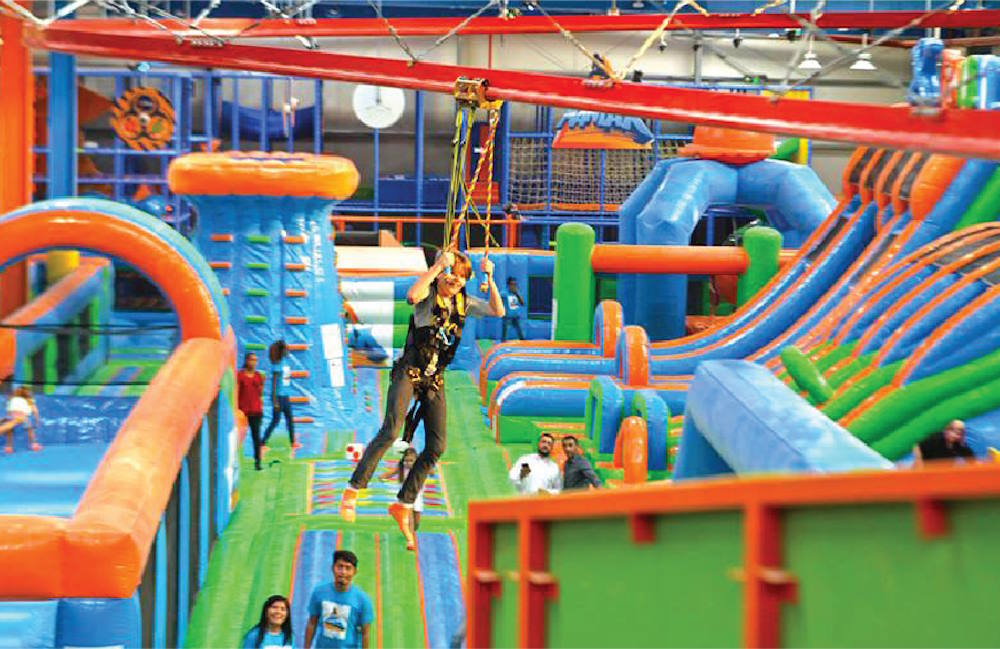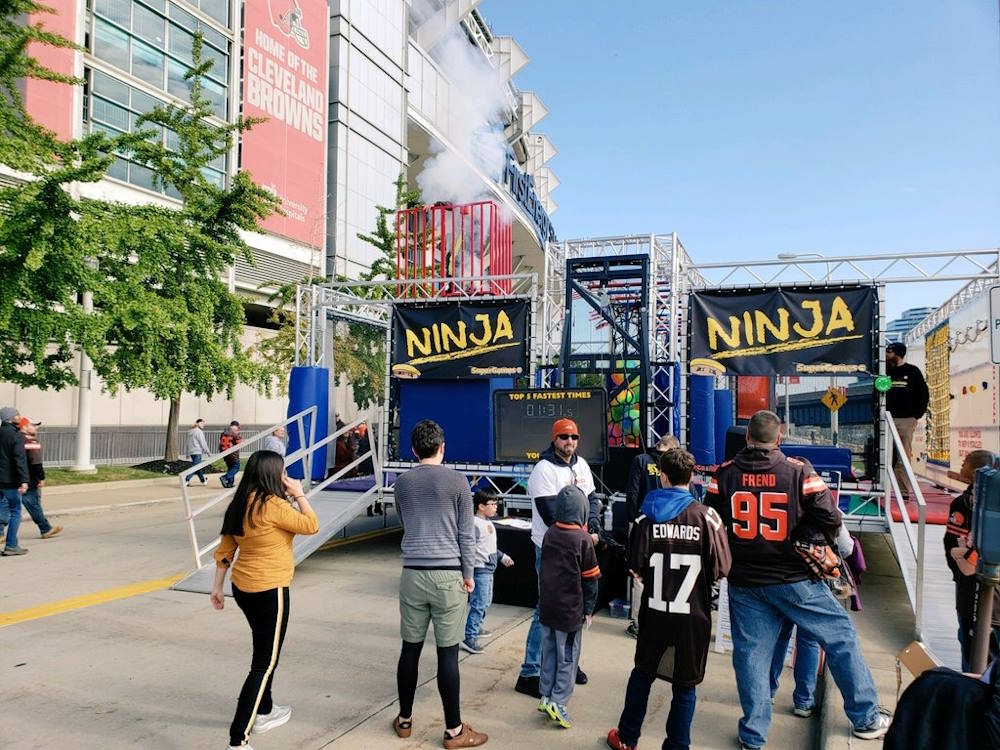One of the first business decisions you need to make for your theme park is to decide what rates you should charge. That decision hinges primarily on the size of the theme park you hope to create.
Businesses owners should approach this all-important decision on amusement business pricing by considering a handful of questions around the kind of theme park they want to build. If you are in the early stages of planning your theme park, consider the following questions that can determine the size of your park and the eventual level of pricing.
5 Amusement Business Ideas You Should Consider
What Are Your Budget Constraints?
Business owners should start with capital investment. Becoming an entrepreneur in the theme park business is about realizing dreams. But those dreams must eventually get grounded in reality. Before determining the size of your park, consider how much capital you can raise for all the startup costs of your business without stretching yourself too thin. The key is to be ambitious, but not overreach. You want to create a park with the size and revenue streams that get back the amount of money you’ve invested.
What Are Your Space Considerations?
This ties into capital investments – you can’t purchase or rent more space than you can afford. However, in some cases, entrepreneurs may already have access to space they already own or can acquire at a reduced cost. In those situations, the size of your theme park is limited by the space available. But if you have a great deal of space from a price standpoint, it can be the smart move to work with a smaller space for now.
What Revenue Streams Do You Want To Capture?
The options for revenue in the amusement business are varied, depending on the size of the operation. They include:
- Admission price. This varies depending on whether your theme park is small, medium or large.
- Concessions. This requires extra permitting from local governments. Depending on the size of the operation, you may subcontract this out to a licensed food vendor.
- Types of entertainment. In smaller venues, admissions may cover the price of all the entertainment inside. But larger facilities will charge extra for the better rides.
- Special events. Parties for birthdays, corporate events and special occasions can provide a solid revenue stream for your theme park.
- Parking. Only if you have a standalone property.
- Live entertainment. An extra cost but one that can attract more patrons.
- Interactive exhibits. This is especially important if your theme park has an educational theme.
Our Top Action Rides People Love!
What Type of Entertainment Do You Plan To Provide?
This ties into all the above. The type and amount of entertainment depends on the size of your space, budget constraints and the revenue streams you want to tap. In some cases, it helps to think outside the box. An outdoor waterpark can also contain an indoor inflatable park section. A trampoline center can have a mechanical bull ride. An education center can also have an obstacle course. The key is deciding how much you want to spend and finding the right mix of entertainment attractions.
What Are Inflatable Theme Parks?
Amusement Business Pricing Based on Size
In terms of admission and other pricing, the following prices offer guidance on what you might charge.
Small business. A trampoline park is a good example of a small amusement business. They generally charge in the $17-$20 for three hours on the big nights (Friday and Saturday). Renting out for birthday parties also drives revenue for smaller amusement businesses.
Medium size. This category can include waterparks and local carnivals and fairs. Costs vary widely depending on location and the rides offered. Many malls now offer carnivals inside the mall or in the adjacent parking area. Tickets typically run around $25 for one day and extra for ride tickets.
Large size. These are the big parks that charge as much as $100 to enter but offer the highest levels of entertainment, including roller coasters, water rides and other thrill rides. Parking is a huge cost, as well, with prices ranging into $20 and above in some places.
Those are just the tip of the iceberg when it comes to costs. One concession stand that your theme park offers can make a difference – think of how movie theaters make more money off popcorn and soda than they do actual movie tickets.
When planning out your theme park, you need to consider all the possible revenue streams and offer the highest-quality entertainment that drives foot traffic to your business. You might want to start relatively small before expanding. It’s also a wise move to consult with amusement park professionals to get the inside scoop on what to consider when making the business plan for your theme park.









